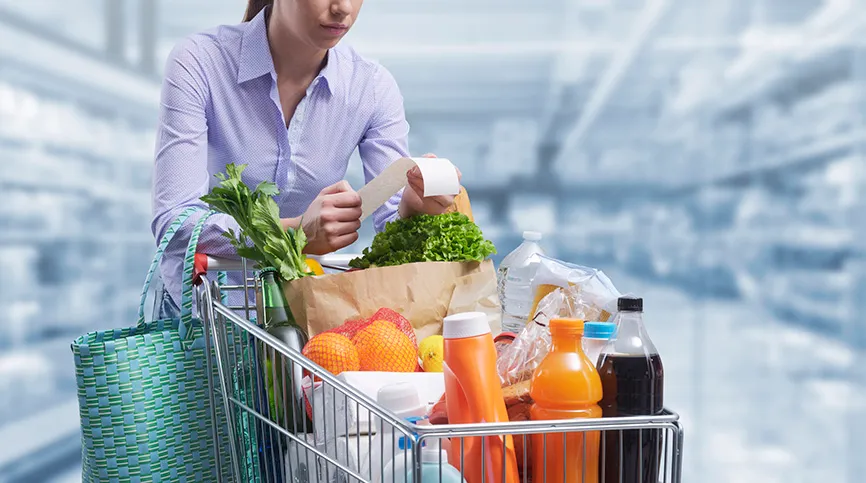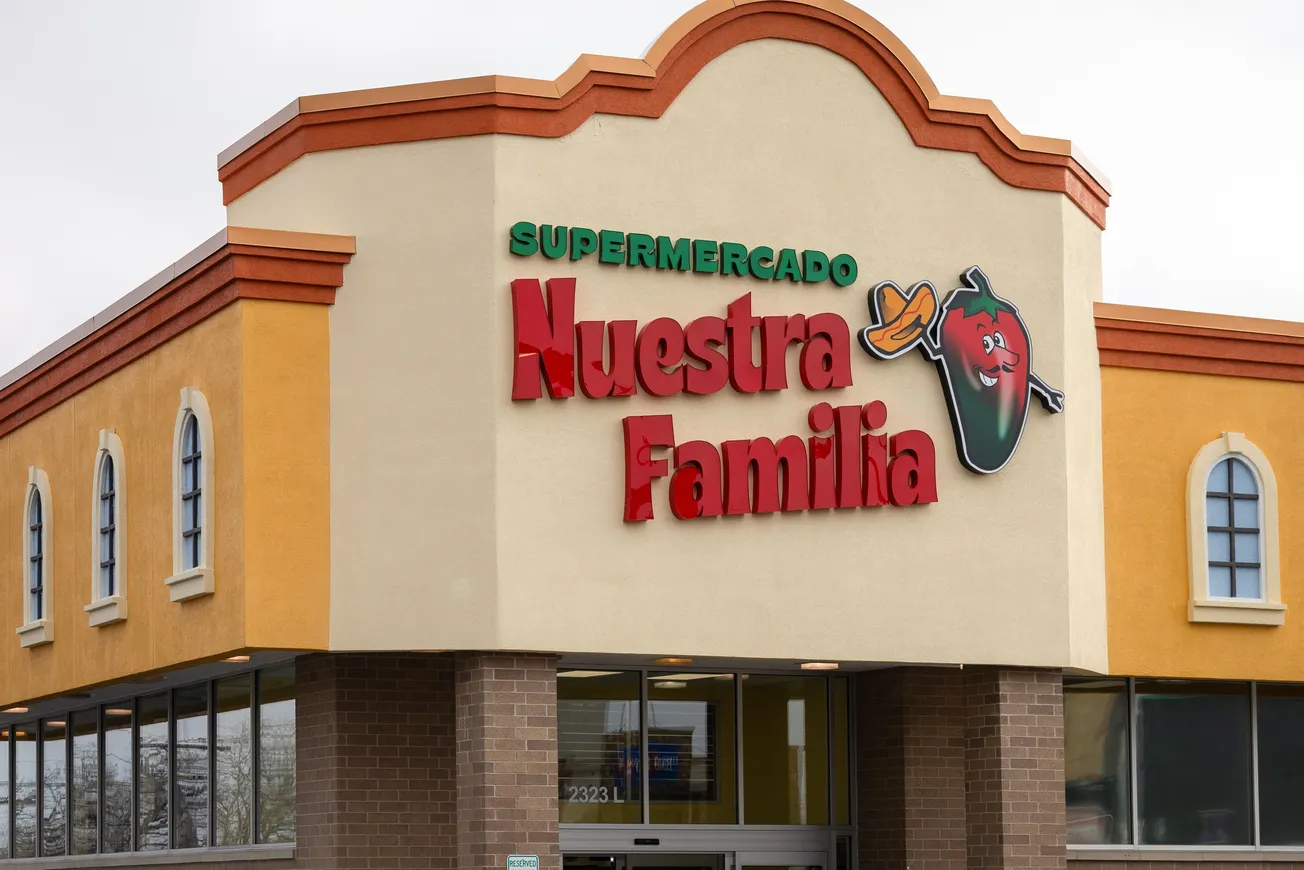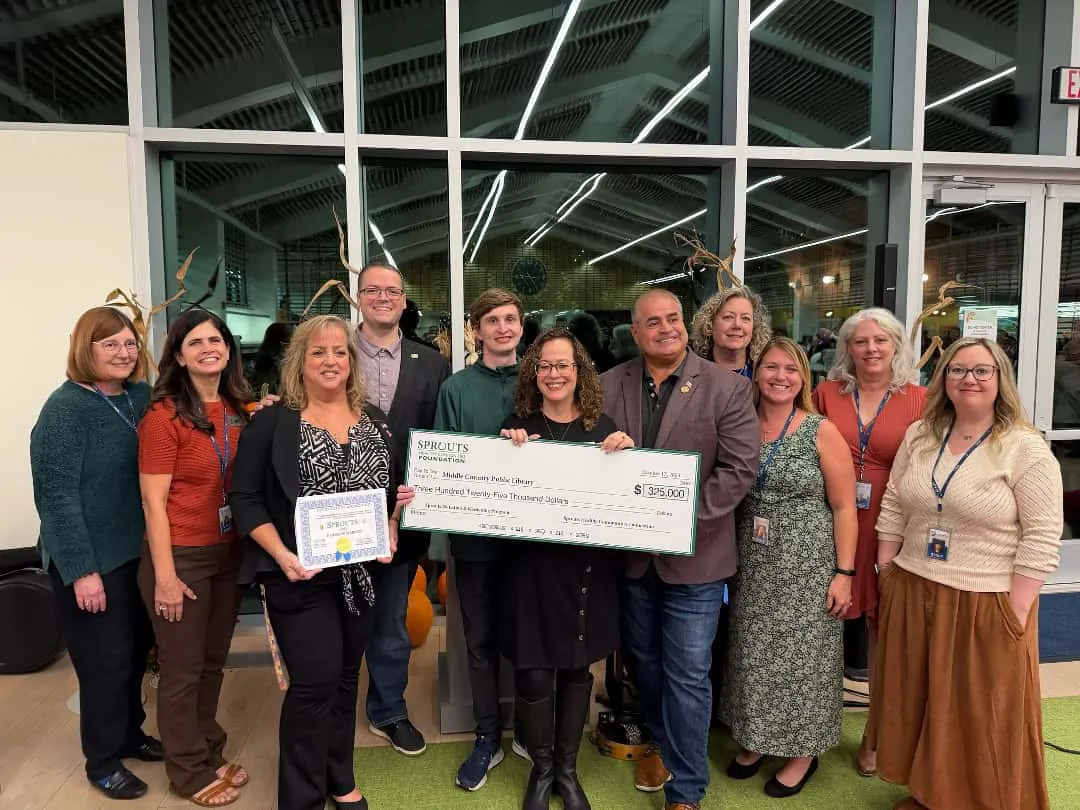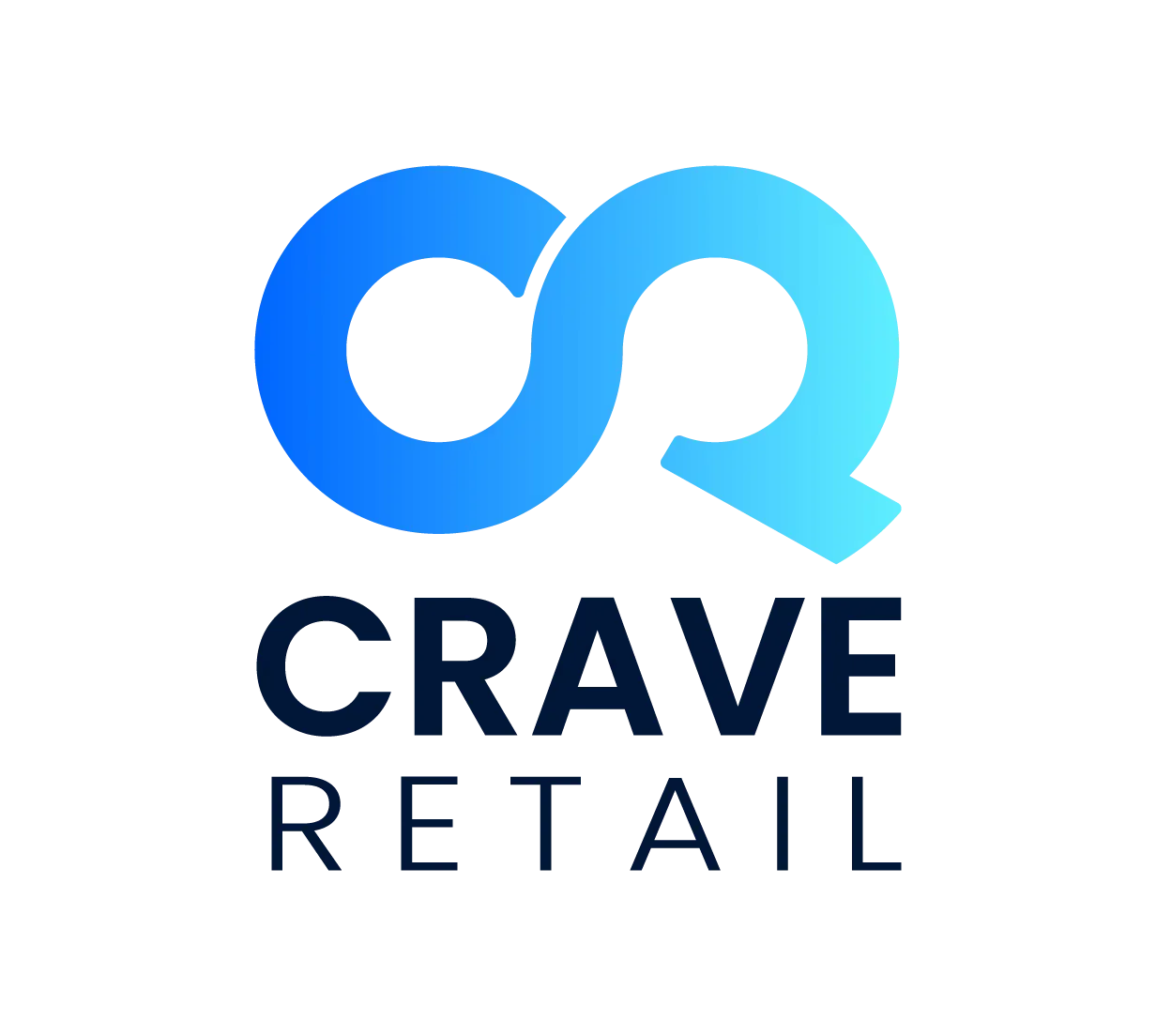Technology is constantly giving retailers and suppliers new ways to figure out exactly what their customers want, and new ways to deliver those goods and services.
 Traditionally the main way to determine what shoppers want has been to look at what they buy, and technology has made it easier to do that. The rollout of the barcode scanner and the Universal Product Code (UPC) in the 1970s made it easier for retailers to track exactly what was being sold in their stores in real time. What better way to see what consumers wanted than by looking at what they actually buy?
Traditionally the main way to determine what shoppers want has been to look at what they buy, and technology has made it easier to do that. The rollout of the barcode scanner and the Universal Product Code (UPC) in the 1970s made it easier for retailers to track exactly what was being sold in their stores in real time. What better way to see what consumers wanted than by looking at what they actually buy?
But of course even real-time sales data is backwards looking, so in a sense it’s like steering your car based on what you see in the rearview mirror. It’s great to know what consumers bought yesterday, but what do they want to buy tomorrow? What are the products they would buy if only they existed? And what are the products that they would definitely love, but don’t even know they want?
Companies have explored this terrain via surveys and panels, but now there are tech-enabled ways to get at this information as well.
For an idea of what this looks like, check out Kantar’s just-released fourth edition of its Finding the Future series, which is billed as a guide to the latest trends driving consumer behavior globally. In this issue, they showcase emerging trends linked to food and beverages, with the aim of providing brands with the opportunity to map and identify future innovation, growth and activation opportunities related to their products.
So how does Kantar do it? This is how the company describes the process: “Kantar applies AI and analytics on big data (search and social) to identify emerging trends at speed and scale. Each report in this series looks at over 36 billion Google searches linked to more than 180 topics spanning 9,000-plus trends globally over a span of five years to uncover emerging trends, essentially outlining predictions for what consumers want and how the evolving context of search translates to trends and identifying growth opportunities for brands across markets, languages and categories real time.”
From this, Kantar has identified a number of product trends. Consumers are interested in products that support cognitive health, for example, including functions like memory, focus and mental endurance. That is reflected in consumer interest in ingredients like ashwagandha and lion’s mane.
Other trends Kantar identified included continued interest in gut health, a debate about sugar, and the idea that marine vegetables like spirulina and kelp may be the next superfoods.
Meanwhile, retailers see opportunities to leverage technology to cut costs and improve their ability to give consumers what they want, however they want it.
In its recent presentation to the investor community, Walmart detailed how it planned to use data, software and robotics to make its supply chain more efficient, allowing the company to provide better and more consistent delivery service to customers.
Walmart says that by the end of fiscal 2026 the company expects that about two-thirds of stores will be serviced by automation, and more than half of fulfillment center volume will move through automated facilities. That will be good news for workers, the company says, resulting in jobs that involve less physical labor and offer higher pay.






